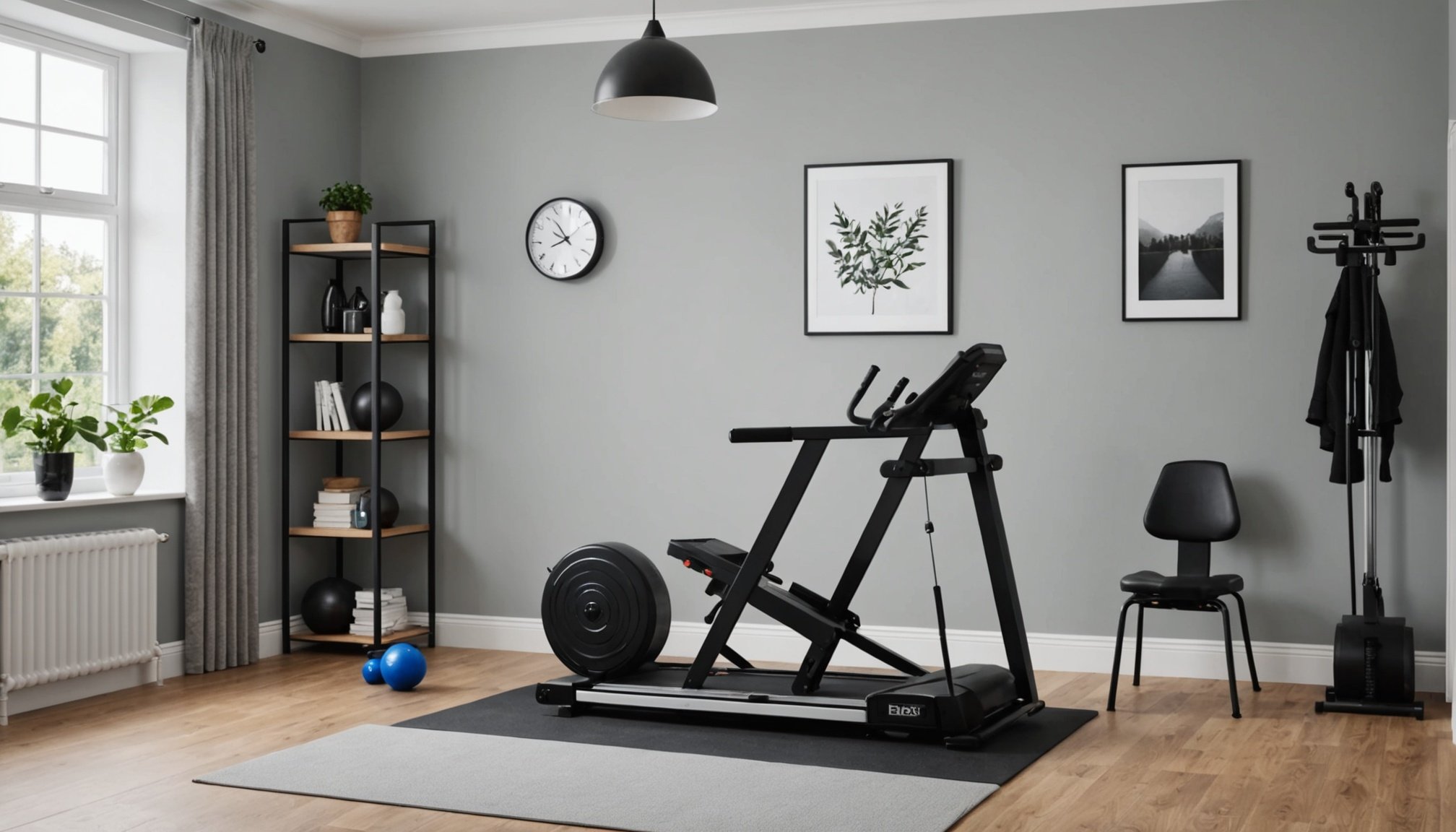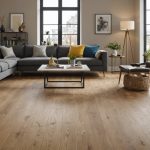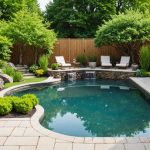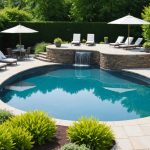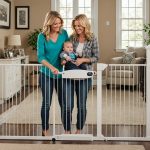Assessing Your Home Space for a Gym
Establishing a home gym involves more than simply setting up exercise equipment. It requires a thorough home gym space assessment to ensure optimal use of space.
First, evaluate potential areas such as garages, spare rooms, or garden sheds. Each offers unique benefits. For instance, a garage often provides ample space, allowing for various exercise equipment and activities. Meanwhile, a spare room can be easily transformed into a cozy workout area, especially if you prefer an indoor setting. Garden sheds might offer a more secluded space, fostering an uninterrupted workout environment.
Also to discover : Maximizing Efficiency: A Homeowner’s Guide to Integrating Solar Thermal Panels with Current Hot Water Systems in the UK
Next, accurately measure the available dimensions of your chosen space. This step is crucial to optimize the layout, particularly when accommodating both cardio and strength equipment. It helps prevent overcrowding while maximizing efficiency. Consider equipment sizing and ensure sufficient room for movement, especially in areas designated for stretches or exercises like yoga.
Additionally, consider the importance of natural light and ventilation. A well-lit and ventilated space enhances the workout experience, reducing the need for artificial lighting and cooling systems. Sunlight can improve mood and motivation, while fresh air circulation contributes to a healthier exercise environment, helping to manage temperatures and odors effectively.
Also to see : Ultimate Guide for UK Homeowners: Crafting an Efficient Backyard Composting System for Household Waste
Essential Equipment for a Versatile Home Gym
Creating a well-rounded home gym involves carefully choosing equipment tailored to your fitness goals and available space. Here’s a dive into essential components for cardio, strength training, and necessary accessories.
Cardio Equipment
Effective cardio equipment is key to a successful home gym setup. Recommended options include treadmills, stationary bikes, and rowing machines. Each offers versatile workouts and contributes to cardiovascular health. For those with limited space, consider folding treadmills or compact bikes. Versatility and adjustability are sought-after features, allowing users to alter intensity and keep workouts engaging.
Strength Training Equipment
Establishing your strength training corner means incorporating essential tools like free weights, which include dumbbells and kettlebells, and resistance machines. Combining these tools helps in targeting various muscle groups, enhancing overall strength. Multi-functional equipment, like adjustable benches or all-in-one gym stations, provide a range of exercises in a single device, saving space while offering a comprehensive workout.
Accessories and Gear
Mats, stability balls, and resistance bands play crucial roles in any home gym. They ensure safety and comfort, especially during bodyweight exercises or stretching routines. To efficiently store these accessories and maximise space, consider using storage racks or wall hooks. This not only keeps your area tidy but also ensures quick access, promoting a seamless workout experience.
Budgeting Tips for Your Home Gym
Creating a home gym can be an exciting venture, but it’s essential to approach home gym budget planning realistically. Start by identifying your fitness priorities. Determine which equipment is crucial for your workout routine and what can be considered a luxury. This approach helps in setting a realistic budget.
Consider financing options for larger equipment, such as treadmills or weight machines. Many retailers offer promotional financing with attractive terms, making it easier to spread the cost over time without straining your finances. Before committing, ensure that you understand the terms to avoid unforeseen expenses.
To stretch your budget further, explore avenues for saving on equipment. Buying second-hand gym equipment can lead to significant savings. Online marketplaces often feature gently used items at a fraction of the original price. Don’t overlook seasonal promotions and sales events. Retailers often offer discounts around major holidays, providing an excellent opportunity to purchase new gear.
Finally, always compare prices across different vendors. It’s amazing how much you can save by spending a bit of extra time researching and ensuring you’re getting the best deal. By following these tips, you can enjoy a functional and efficient home gym without breaking the bank.
Creating an Inviting Home Gym Environment
Designing a home gym environment that motivates and inspires can significantly impact workout effectiveness. A thoughtfully designed space begins with selecting the right colours and decor. Opt for vibrant hues like energetic reds or soothing blues that can either energise or calm the mind, depending on your workout goals. A mix of inspiration and style can transform any corner into a personal workout haven.
Personalisation is key. Integrate personal touches such as motivation boards with your fitness goals, or display inspirational quotes to maintain a positive mindset. Adding a few elements that reflect your personality, such as favourite artwork or sentimental items, can make your gym feel more inviting and uniquely yours.
An organised and clutter-free space not only enhances focus but also prevents potential hazards. Maximise your space by using smart storage solutions like wall-mounted racks or under-bench bins. This ensures that your workout equipment is neatly tucked away, maintaining a serene and productive atmosphere.
By thoughtfully weaving together colours, decor, and organisation, an inviting home gym becomes more than just a space for exercise—it’s a sanctuary where both physical health and mental well-being can flourish. Prioritising a well-designed workout environment can make the difference between a gym you use, and one you love.
Incorporating Local Fitness Trends in Your Plan
Integrating UK fitness trends for home gyms into your personal plan can enhance motivation and success. As a fitness enthusiast, you might be wondering which workouts are currently trending. In the UK, popular home workouts include high-intensity interval training (HIIT), yoga, and online group classes. By understanding these trends, you can tailor your fitness routine to ensure it remains engaging and effective.
Incorporating community-based fitness into your routine offers social interaction and accountability—factors that are pivotal in maintaining consistency. Many are turning to online platforms that offer live-streamed classes, allowing you to join a virtual community from the comfort of your home. These classes cater to various fitness levels and interests, from dance-based workouts to more traditional strength training sessions.
Adapting local trends to your personal goals is essential for keeping your workouts aligned with your preferences. If you aim to improve flexibility, consider integrating yoga sessions. For cardiovascular endurance, HIIT might be more suitable. Ultimately, the key is to blend these trends with your goals, creating a balanced and personalised fitness plan that suits your lifestyle and keeps you motivated. Remember, the best workout is one you enjoy and can stick with.
Visual Aids and Layout Planning
Designing a home gym layout involves thoughtful planning to ensure optimal flow and functionality. One of the first steps is sketching your area. Use simple drawings to help visualise the placement of equipment and allow for necessary movement space. The aim is to prevent overcrowding and facilitate easy access to all equipment, ensuring a seamless workout experience.
Once a sketch is in hand, considering the use of 3D design apps can provide a more comprehensive view of the available space. These apps allow users to experiment with different configurations, giving a realistic feel of how the gym will look once completed. Visualising in 3D can help identify potential layout issues that may not be apparent in 2D sketches, enabling efficient space utilisation.
Incorporating safety features when planning the layout is equally vital. This involves ensuring that equipment is placed with adequate clearance from walls and each other to minimise the risk of accidents. Install non-slip flooring to prevent falls and consider adding mirrors for better exercise form alignment. By focusing on safety, designing a home gym layout becomes not only about aesthetics and functionality but also about creating a secure workout environment.

